20+ Sample Tourism Action Plan
-
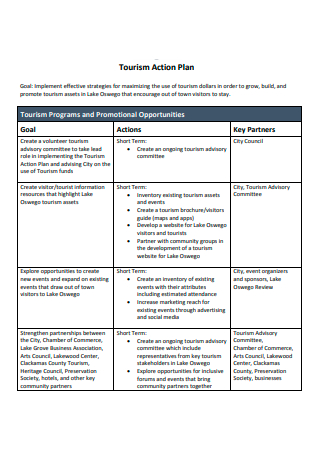
Tourism Action Plan Template
download now -
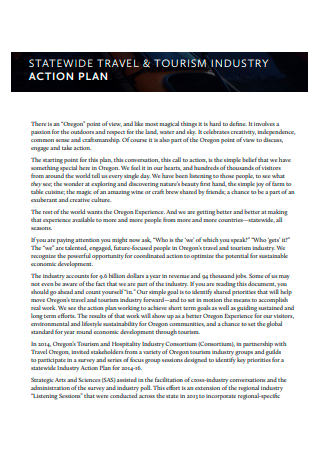
Travel and Tourism Industry Action Plan
download now -
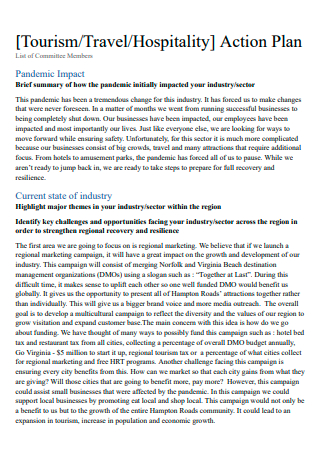
Tourism Action Plan Example
download now -
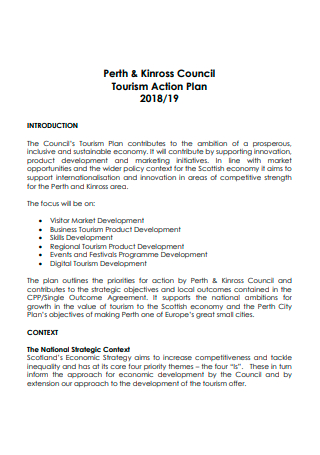
Council Tourism Action Plan
download now -
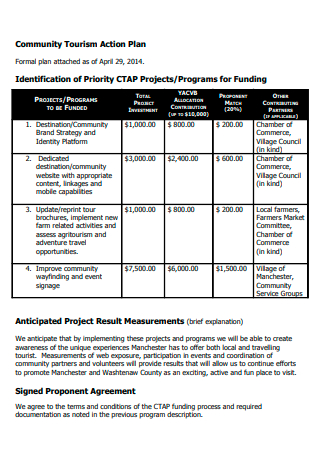
Community Tourism Action Plan
download now -

Tourism and Events Action Plan
download now -
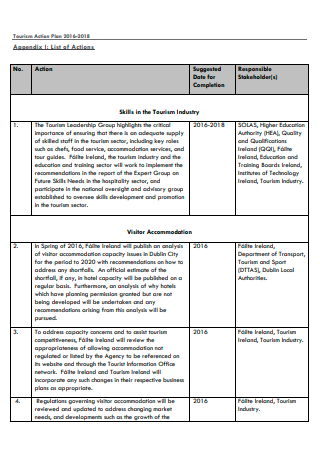
Standard Tourism Action Plan
download now -
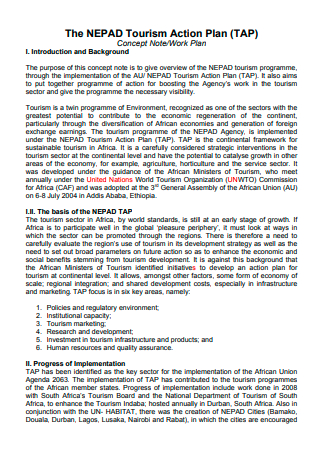
Tourism Action Plan in PDF
download now -
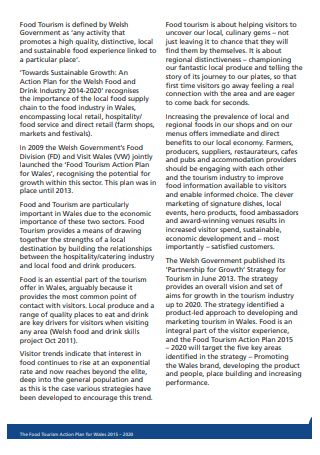
Food Tourism Action Plan
download now -
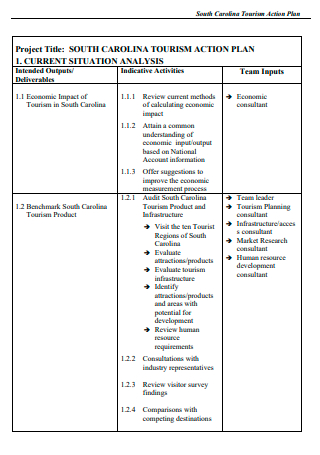
Formal Tourism Action Plan
download now -
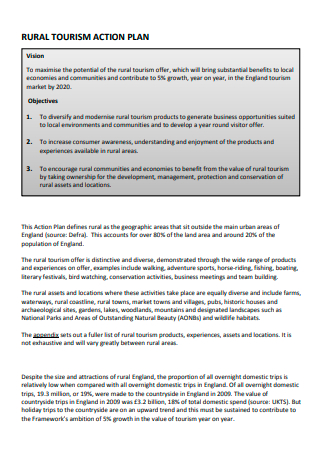
Rural Tourism Action Plan
download now -
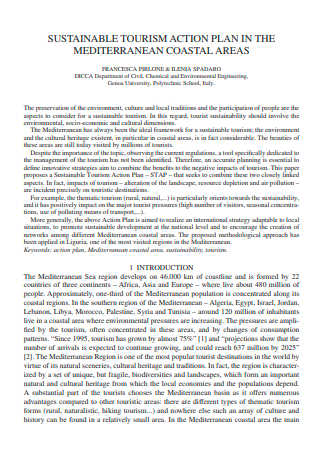
Sustainable Tourism Action Plan
download now -
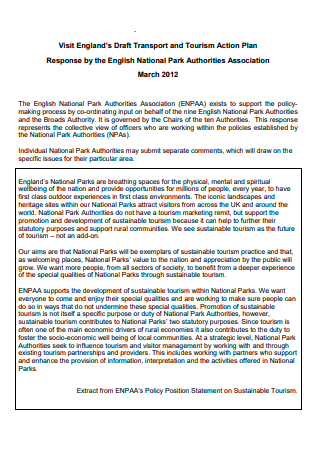
Draft Transport and Tourism Action Plan
download now -
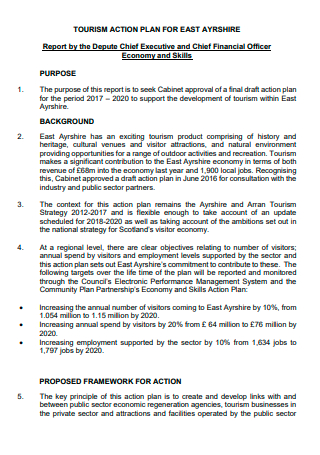
Printable Tourism Action Plan
download now -
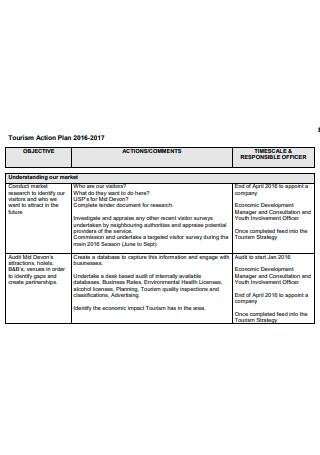
Simple Tourism Action Plan
download now -

Tourism Development Action Plan
download now -
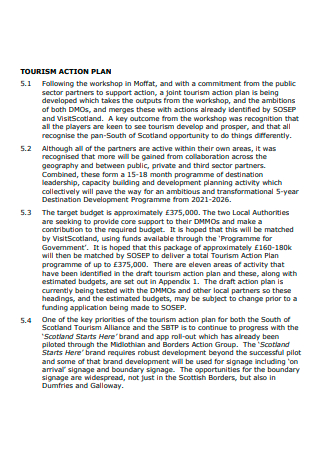
Tourism Action Plan Format
download now -
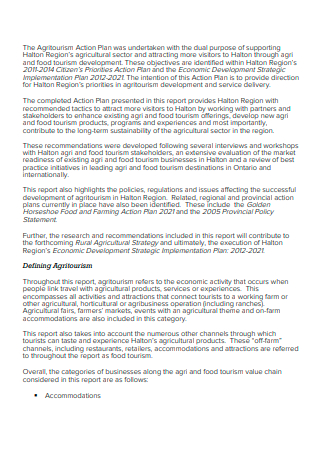
Sample Tourism Action Plan
download now -
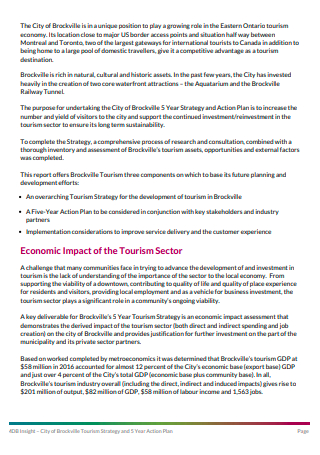
Tourism Strategy and 5 Year Action Plan
download now -

Basic Tourism Action Plan
download now -
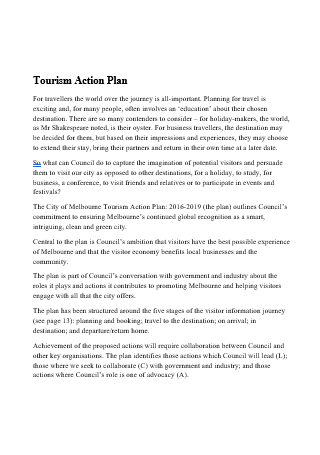
Tourism Action Plan in DOC
download now
What Is a Tourism Action Plan?
A tourism action plan is a comprehensive plan that seeks to boost tourism in an area or locality. The plan outlines various strategies to draw more tourists to a particular site or activity in an effort to generate profit and higher traffic.
According to figures published by Statista, the global revenue of the travel and tourism sector plunged by 17% in 2020 due to the COVID-19 pandemic and the subsequent national lockdowns and international restrictions that followed. Europe was seen to have the biggest decrease in revenue while the Asia Pacific region was expected to suffer the greatest employment loss due to the worldwide pandemic.
Types of Tourism
In today’s modern society, the options have become virtually limitless. Tourists are presented with so many choices and avenues to experience travel. Tourism industries customize all types of packages to cater to individuals and tour groups alike. The following are just some major examples of these tourism options..
The Importance of Tourism and Travel
Nowadays, traveling has become faster, cheaper and more accessible to a lot of people. Advancement in transportation and infrastructure has allowed people the opportunity to simply hop on a plane and discover new places. The travel and tourism sectors have quickly risen to be one of the most important and lucrative industries today. The examples below are some of the main reasons why this particular industry is so important.
How to Create a Tourism Action Plan
To create a tourism action plan, choose from several sample templates above to get started. When you have found a template that suits your needs or preferences, try to keep in mind the following steps listed in the tutorial guide below.
Step 1: Set the Right Objectives
The first step is to set realistic objectives. What types of goals do you want to achieve in your tourism action plan? What do you want tourism to do for your locality or area? Governments would do well to construct a comprehensive and detailed action plan in order to maximize the tourist sites and activities in their cities and localities. Common objectives would include economic gains, increased employment, cultural and national preservation, external support, or network expansion.
Step 2: Evaluate and Review the Data
Before brainstorming on strategies and programs, you need to review the existing data and information. It is absolutely crucial to do a prior survey on the conditions or current state of tourism in your area. It is a major step in creating a more comprehensive tourism action plan, you need to be able to thoroughly and realistically examine what your locality can offer visitors. Is it lacking or flourishing? In evaluating, you also need to identify the areas that may have untapped potential or revenue-generating benefits.
Step 3: Craft Policies and Plans
The next step is the actual drafting of the plans and policies for implementation in order to achieve the objectives stated prior. Having a good format is crucial to this section. Most action plans consist of tables or timelines. Using these types of formats can make your action plan look more organized. Further, the content in this section will depend entirely on your objectives. If you need more ideas on format and content, the sample tourism action plans above can serve as useful reference guides.
Step 4: Provide Recommendations
As an extension of the policies and strategies stated in your tourism action plan, include your educated recommendations as well. What are the next proposed steps? Your recommendations may involve other stakeholders and agencies who are also essential to the success of your plans. The purpose of having recommendations is to promote improvement and continuous learning. They must be specific, doable, realistic, and forward-looking. In addition, you might also need to include a projected timeline to ensure that these recommendations are acted on.
FAQs
How do you make a tourism plan?
To draft a tourism action plan, make sure you establish your goals and objectives first. You want a comprehensive survey of the current state of tourism in your area. Once you have a good grasp of this, you can better craft more meaningful and educated policies and programs that target your tourism objectives. Outline various strategies and plans that will solve your goals. Make sure to provide hard data and sound recommendations in your action plan as well.
What are the 4 A’s of tourism?
According to a journal article published by Shih Chien University, the 4 A’s framework in tourism destination management are the following: attractions, access, amenities, and ancillary services. Most travel destinations comprise or require these four attributes.
What are the 3 main types of tourism?
According to the United Nations World Tourism Organization or UNWTO, there are three forms of tourism. In a basic and broad sense, these types are domestic tourism, inbound tourism, and outbound tourism.
Travel and tourism offer a lot of benefits for individuals and communities alike. But to truly maximize the benefits of the tourism industry, authorities must ensure that there are sound plans and strategic policies in place. It is important for these plans and policies to be inclusive that its gains benefit all stakeholders. Choose from a wide selection of tourism action plans above to customize your own plan today!
